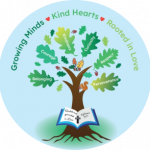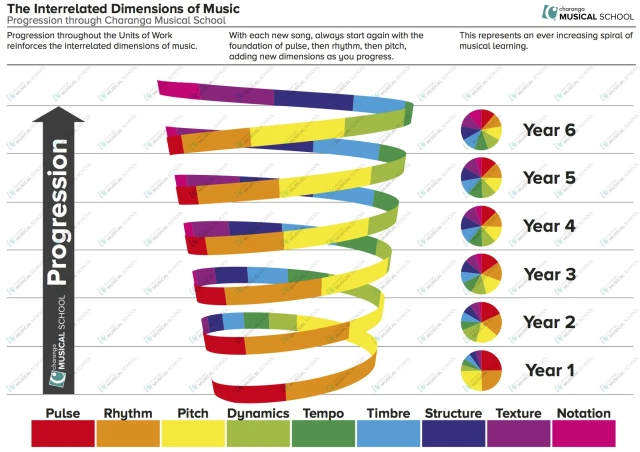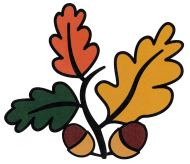“Growing Minds, Kind Hearts, Rooted in Love”

Our Curriculum
Subject Areas – Music Vision
Note: For 2024-25 we are currently on Year B

Intent
Implementation
We teach children musical skills through a creative curriculum which is flexible and appropriate for the needs of specific groups of children. Children in each phase group develop their knowledge and understanding through a specific topic. The school teaches the necessary musical skills creatively, alongside other curriculum areas wherever this is possible. The teaching and learning objectives are carefully balanced to ensure full coverage of the National Curriculum. Children are encouraged to use the skills they have been taught and apply them in different contexts.
• Music is taught throughout the school.
• As well as Music lessons in class, the children take part in a weekly singing practice.
• Pupils are given opportunities to listen to various pieces of Music during assembly times.
• The school has a choir at special events, led by a Music Specialist.
• Pupils are given the opportunity to play the drums and ukuleles and form a group where there is enough pupil interest led by the Music subject lead.
• There is a school band, led by the Music subject.
• A recorder group is offered to pupils at least one term per year.
• There are opportunities for children to learn the piano, keyboard, flute, clarinet, guitar, drums and saxophone. Individual and paired peripatetic lessons are taught weekly by external Music specialists.
• Music is performed for various Church services (Harvest, Christmas, Easter) and for concerts within school.
• Instrumental and singing groups are encouraged to perform in assembly whenever performances are ready to be heard.
• In every year group four key areas of music are taught and assessed within all topics and lessons:
Performing
Children are taught to sing a wide ranging variety of songs and to use their voices expressively. Children have the opportunity to play a variety of instruments with increasing control and rehearse and perform with others, with an awareness of audience. Children are encouraged to perform in a safe and positive environment.
Composing
Children are taught how to create musical patterns and are shown how to experiment, select and organise musical ideas. They are also taught how to record these in a variety of ways, (e.g: pictorial score and digital recordings).
Appraising
Children are given the opportunity to explore and explain their own ideas and feelings about Music. They analyse and compare sounds and become confident at suggesting improvements for their own work and that of others. The staff create a safe environment in which children can feel positive about their musical skill, whatever their ability.
Listening and applying knowledge and understanding
Children are able to listen with concentration and to internalise and recall sounds with increasing aural memory. They develop a growing awareness of the eight musical elements: pitch, duration, tempo, dynamics, texture, timbre, structure and silence. They develop an understanding of Music history and learn that time and place can influence the way Music is created, performed and heard.
Assessment
Assessment forms an integral part of the teaching and learning of Music. This is done by observing children working and performing, by listening to their responses and by examining work produced. Summative assessments at the end of term are assessed against the Level Descriptors within the National Curriculum as follows;
• Perform, listen to, review and evaluate music across a range of historical periods, genres, styles and traditions, including the works of the great composers and musicians.
• Learn to sing and to use their voices, to create and compose music on their own and with others, have the opportunity to learn a musical instrument, use technology appropriately and have the opportunity to progress to the next level of musical excellence.
• Understand and explore how music is created, produced and communicated, including through the inter-related dimensions: pitch, duration, dynamics, tempo, timbre, texture, structure and appropriate musical notations.


